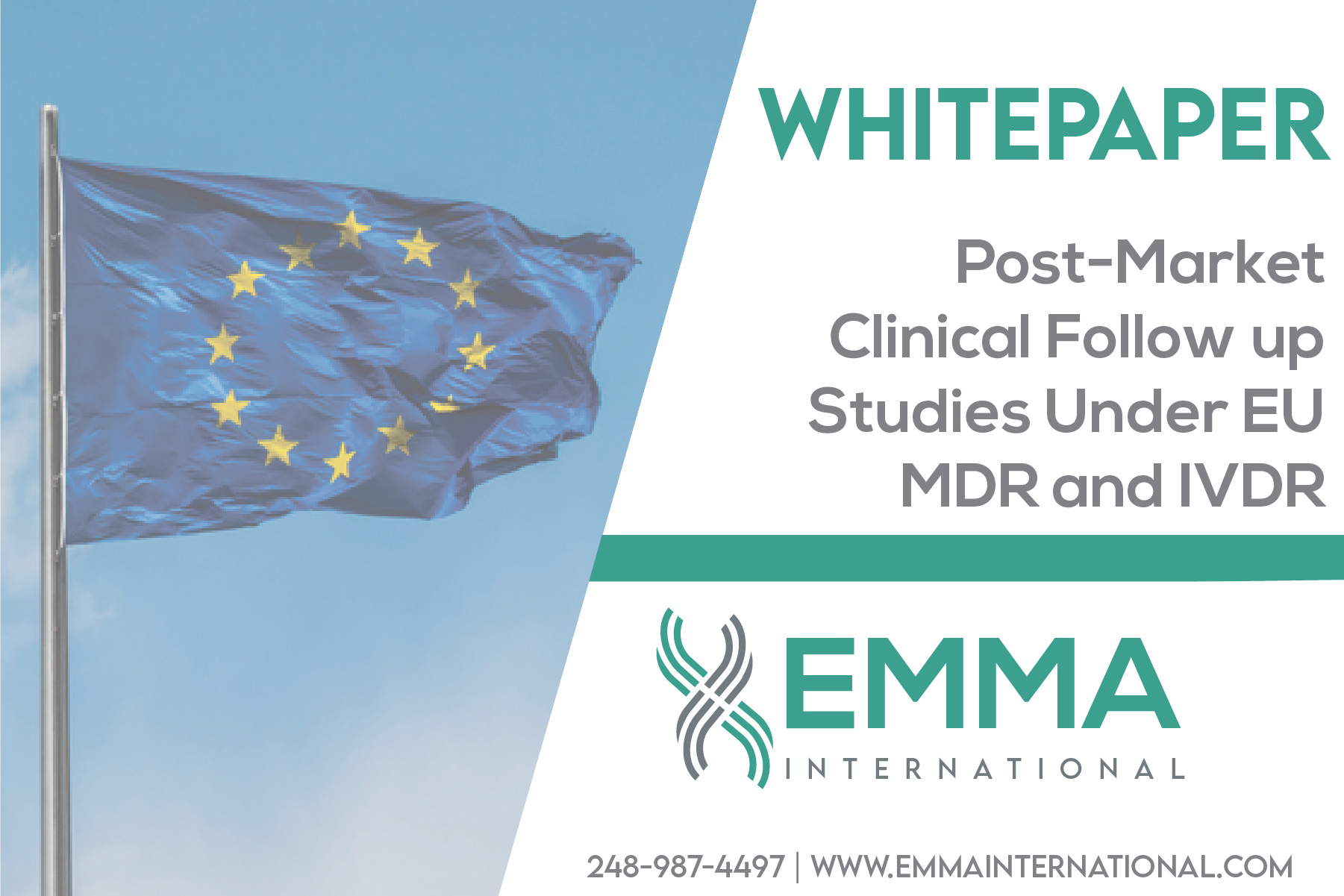On May 5, 2017, the Active Implantable Medical Devices Directive (90/385/EEC — AIMD) and the Medical Devices Directive (93/42/EEC — MDD) were replaced by the Medical Device Regulations (MDR) 2017/745, and the In-Vitro Diagnostic Medical Devices Directive (89/79/EC — IVDD) was replaced by the In-Vitro Diagnostic Regulations (IVDR) 2017/746.
Both of these new regulations put a heavy emphasis on post-market surveillance activities for a product. Post-market clinical follow-up studies, or performance studies as called in the IVDR, are an integral part of the post-market surveillance requirements of the newly released regulations. PMCF studies must be initiated by the manufacturer.
Get the Post-Market Clinical Follow up Studies Under EU MDR and IVDR Whitepaper
Fill out the form below, and the webinar will get sent directly to your inbox.






